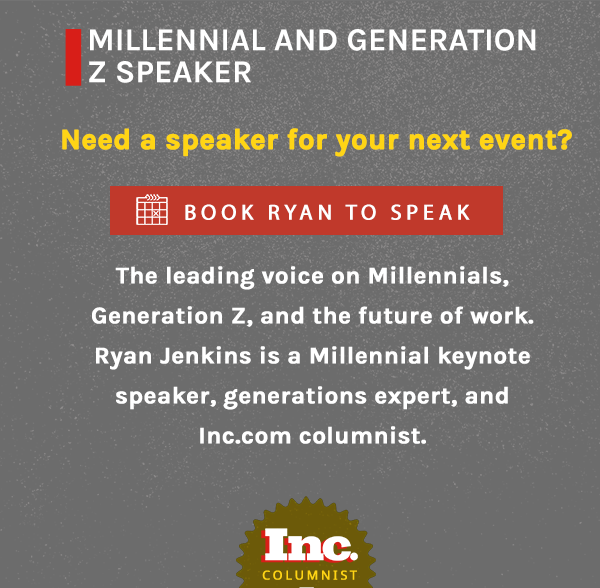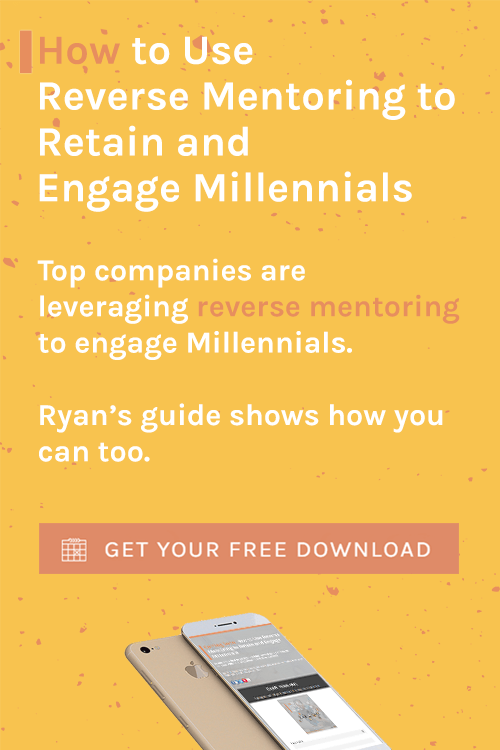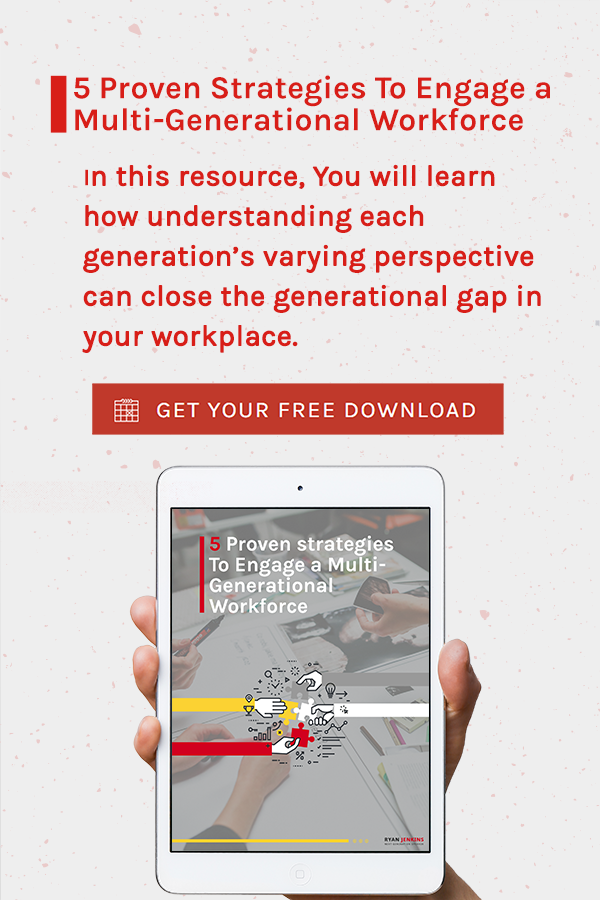In April 2009, Ashton Kutcher beat CNN to become the first person with one million followers on Twitter. All the media attention surrounding Kutcher's challenge served as a tipping point in helping Twitter move from a niche network to a mainstream communication tool.
Many believe Snapchat, the video messaging application valued at $16 billion, is on the verge of the same tipping point as DJ Khaled, considered the first Snapchat celebrity superstar, racks up three million views in a single Snapchat Story.
Whether or not you believe the hype, it's hard to argue with the numbers. Snapchat is the fastest growing social network, boasting 100 million active users who post 400 million snaps per day (Twitter users were posting 50 million tweets per day in 2010), which accounts for seven billion daily video views, outpacing many cable networks.
Why is this important to you?
Over 60 percent of American smartphone users between the ages of 13 and 34 use Snapchat and the social platform is growing 69 percent among Millennials age 25 to 34, according to ComScore. You should take interest because Snapchat is rapidly shaping the communication preferences of the generation that is expected to make up 50 percent of the global workforce by 2020.
How will Snapchat change Millennials' (and the post-Millennial, Generation Z) communication preferences as they enter the workplace?
1. Surge in urgency.
Snapchat content has a one-day lifespan -- then it disappears. This has created an urgency that's uncommon in a world full of distraction. Imagine if your emails would disappear in 24 hours, there would be a new level of attention and urgency created. Perhaps this explains why Generation Z teenagers respond the fastest to email with a 13-minute or less response time, followed by Millennials (age 20 to 35) with a 16-minute average response, and older generations taking 24-47 minutes to respond.
2. Higher value on transparency and authenticity.
Because Snapchat content is time bound, the content creator experiences less pressure to create the perfect image or video. Users are liberated to be their true selves, to communicate authentically and express themselves in the moment, knowing their content won't live online forever like a Tweet or Facebook post would. Ever since fake social media personas became common, the Millennial and Z generations have been on a quest to find a channel where more transparent and authentic connection could occur. Snapchat seems to satisfy that desire.
3. Stronger storytelling.
Pictures used to be for saving memories. With Snapchat, the emerging generation is using pictures to talk. Most social networks display the newest content first, however, Snapchat displays a user's content in chronological order. This provides a much more familiar feeling on how we tell stories. Users can be taken on a journey all the while having two-way interaction with the storyteller.
4. Simple and succinct.
Discover, a way to explore Snapchat stories from different editorial teams, only offers--at the time of this writing--19 channels. Snapchat has intentionally limited the selection, even kicking off brands like Yahoo who weren't adapting their content to the Snapchat audience, so that users can access content easily. The 10-second window to post content also forces users and brands to be concise. Keeping communication simple and succinct on Snapchat is, in the words of DJ Khaled, "major key."
5. Increased mobile video and multimedia.
For the emerging generations, communicating with text or drawings overlaid onto images or videos via a mobile device is the new norm. In fact, Cisco predicts nearly three-fourths of the world's mobile data traffic will be video by 2019. Expect to see more Snapchat-like video and multimedia communications to begin seeping into your organization as more Millennials and Generation Z pour into your workplace.
You will be impacted by Snapchat sooner than you think because behaviors have a funny way of rippling up generations these days. Remember when you heard someone vow to never be on Facebook, take a selfie, or text an emoji? Next thing you know, you see them posting a selfie on Facebook with the "Face with Tears of Joy" emoji as the sole description.
The world is moving fast and communication is moving faster. Stop dismissing and start dissecting the communication tools and trends that are sure to impact the future of business.
Question: Do you use Snapchat? Why or why not?
Consider Ryan Jenkins to be your next Millennial/Generation Y or Generation Z keynote speaker by clicking here...
![]()
This article was originally posted on Ryan's Inc.com column, Next Generation Insights.






